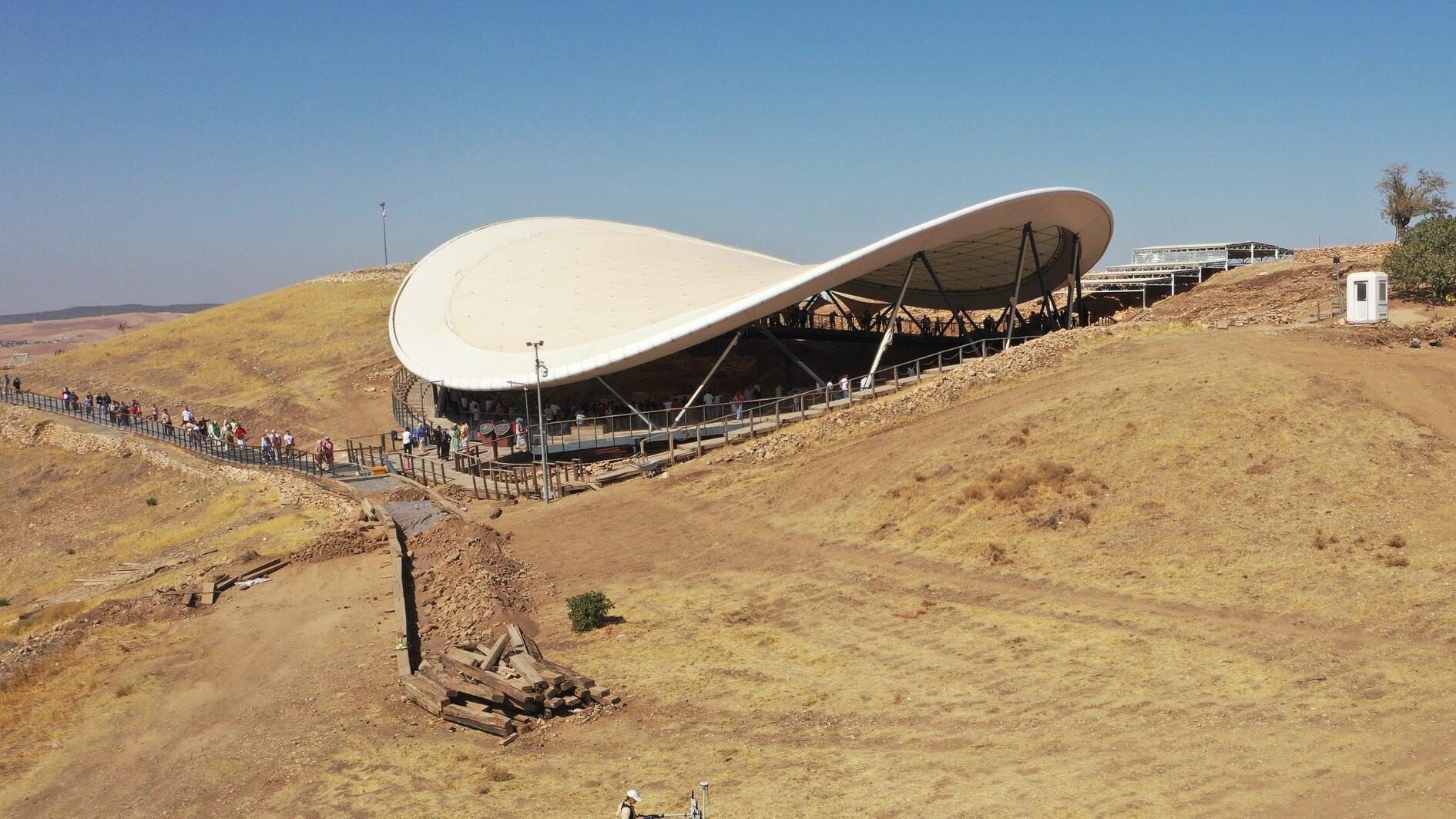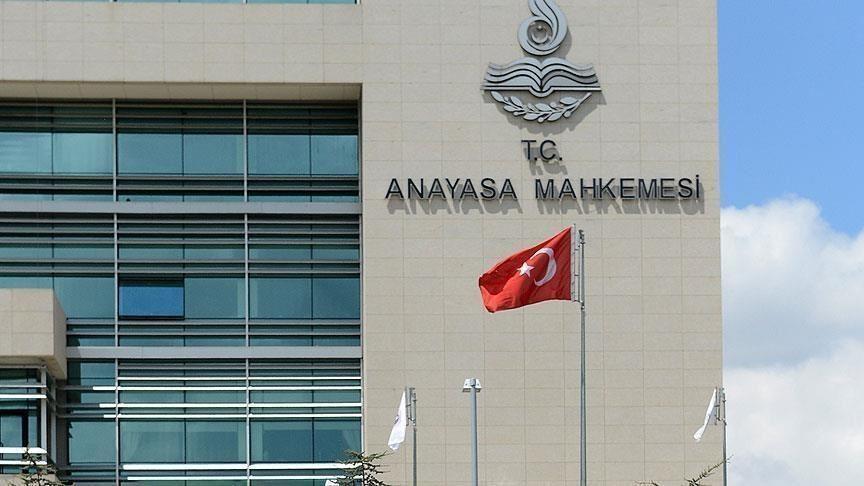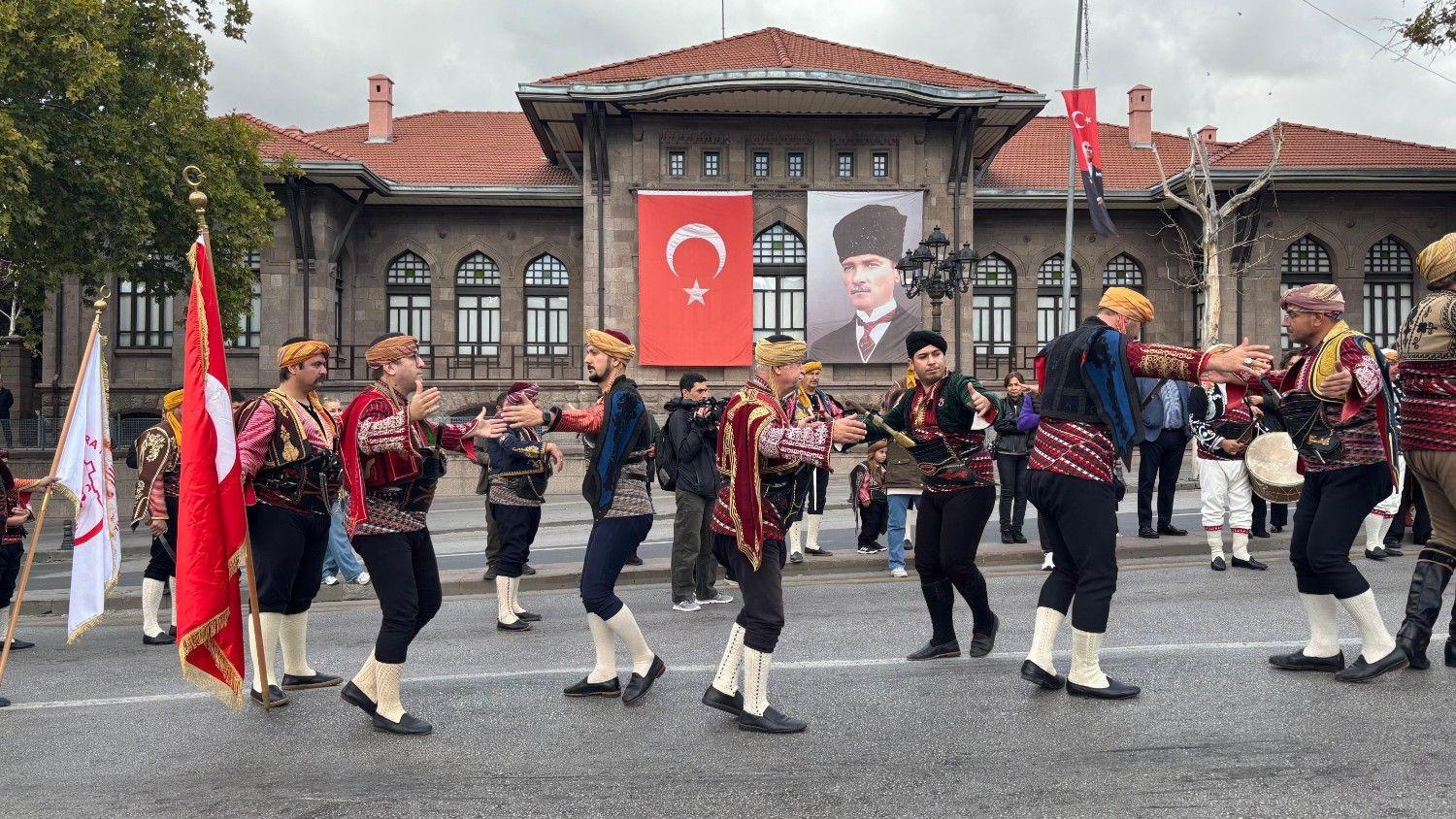Traces of possible dwellings discovered at Göbeklitepe
ŞANLIURFA

Underground investigations at Göbeklitepe, a UNESCO World Heritage site, have revealed traces of rectangular structures that may have functioned as dwellings, in addition to the well-known monumental buildings.
The research is being carried out under the Taş Tepeler Project coordinated by the Culture and Tourism Ministry, led by Istanbul University, with participation from experts from the German Archaeological Institute and Berlin Free University. Geomagnetic, ground-penetrating radar and LiDAR measurements were conducted across the site.
The surveys revealed new rectangular structures believed to have served as dwellings, alongside the previously known circular monumental buildings. Measurements to determine the size and boundaries of the mound are also ongoing.
Excavation director Professor Necmi Karul told state-run Anadolu Agency that the "Heritage for the Future" project has opened a new phase in research, focusing on documenting areas that have not yet been excavated. Karul emphasized that increasing collaborations, including geoarchaeological studies by the Austrian Archaeological Institute, will guide future excavation strategies.
Karul noted the rapid results of the surveys: “So far, eight monumental buildings have been uncovered at Göbeklitepe. Some areas were previously only known through geomagnetic surveys. Earlier this year, we relocated almost all the olive trees covering the mound, allowing us to conduct measurements and prepare for future excavations. The initial results show, alongside the large monumental buildings we already know, the presence of rectangular structures that may have served as dwellings. These are mainly concentrated in the eastern and southern parts of the mound.”
The project is also helping define the boundaries of the mound, enabling better planning for upcoming excavation seasons. “Even in just a few weeks, we were able to identify the presence, locations and densities of monumental, public and residential structures,” Karul said.
Professor Barbara Horejs, director of the Austrian Archaeological Institute leading the geoarchaeological studies, added that the measurements have revealed many new structures. “We identified a large building and numerous residential structures. The findings are very exciting. The project will continue next year,” she said.















